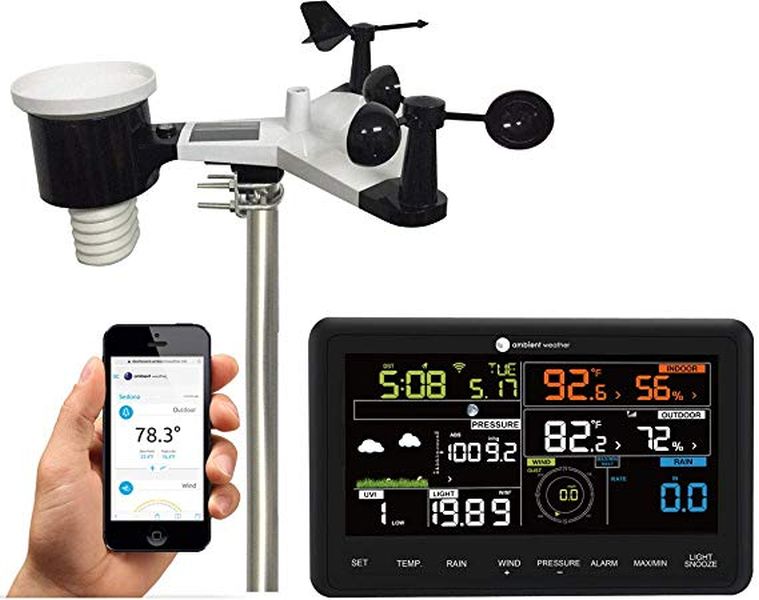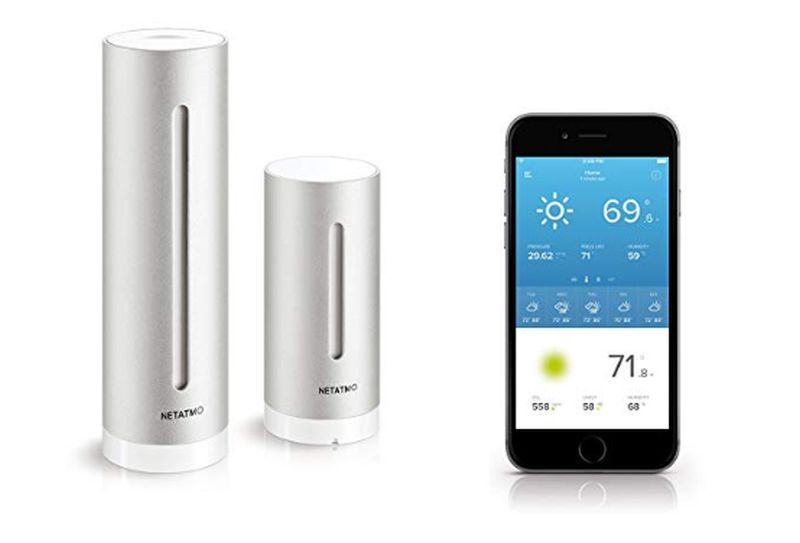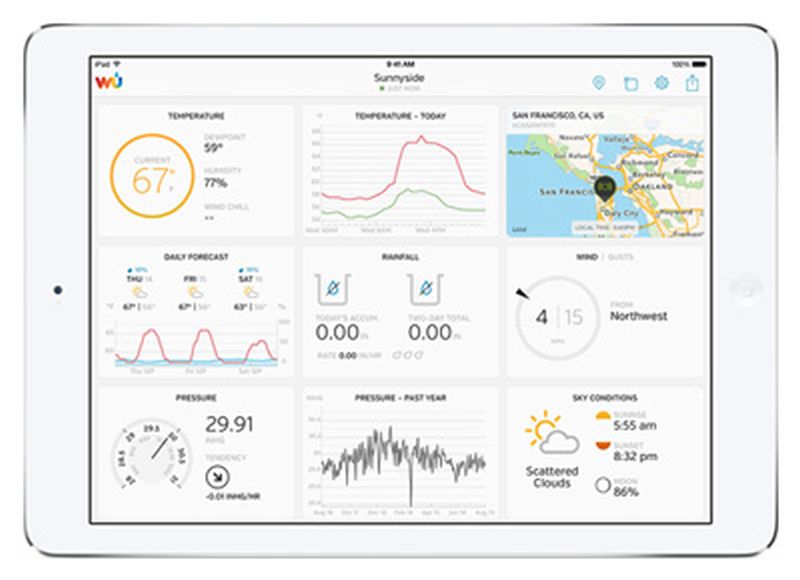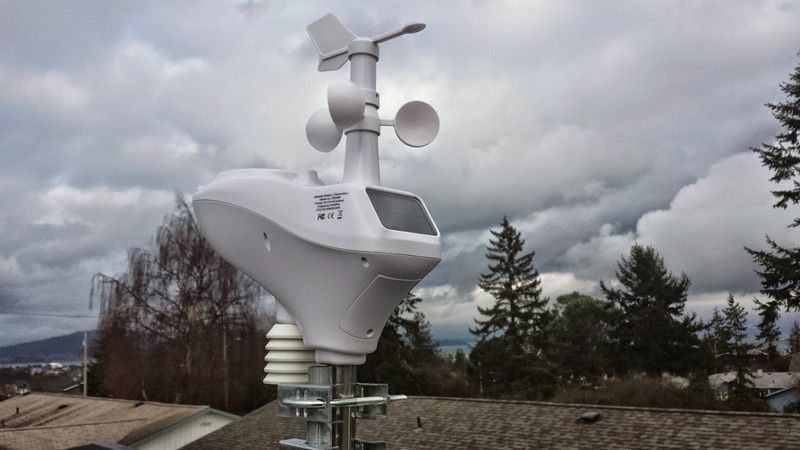Young people are always eager to have a hand on experience in the never-ending process of discovering mysteries of Mother Nature. One of the most potent ideas is to apply a modern weather station within a school project.
What is a weather station?
 Weather stations are different and come in various sets, however, what we think of here is a number of sensors that, in real time, measure basic weather conditions. With a weather station, everyone can easily measure the temperature, air pressure, wind direction and speed, rainfall, humidity, solar radiation, quality of the air and CO2. There are models for inside, outside or inside and outside. You can also choose between analogue or digital operable via an app. Digital weather station often has handy icons displaying the current weather conditions. Weather stations often consist of a solar panel, which is powering the unit.
Weather stations are different and come in various sets, however, what we think of here is a number of sensors that, in real time, measure basic weather conditions. With a weather station, everyone can easily measure the temperature, air pressure, wind direction and speed, rainfall, humidity, solar radiation, quality of the air and CO2. There are models for inside, outside or inside and outside. You can also choose between analogue or digital operable via an app. Digital weather station often has handy icons displaying the current weather conditions. Weather stations often consist of a solar panel, which is powering the unit.
Children’s education about weather
Many years ago our great-grandparents taught our grandparents to look at the sky, contemplate it and predict the time to come. Unfortunately, that knowledge has been lost and we don’t even look at the sky so frequently anymore. The daily visualization of the meteorological data mixed with adequate knowledge can educate children. Thus, home weather station can be a great educational source that can be easily applied within a school project.
Geography and Physics classes
Children have always been greatly fascinated with new technologies; therefore, devices such as weather stations can help students to understand the power of elements and the basics of physics. Learning how to manage a modern weather station can be very beneficial and engaging for the young ones.
Weather station can be applied within both Geography and Physics classes. By using the device, children can learn how to read and understand data, learn the vocabulary related to weather measurements, and learn about the weather impact on the environment and our daily life. Weather station transparently displays all the information. With the help of icons and numbers, children will quickly master the specific marks required to predict the weather conditions. By collecting and writing down the data, students will learn more about the weather through a process similar to what professional meteorologists use.
What is more, using a weather station, children will better understand the answers to the following questions:
- What is the temperature?
- How can you describe the wind?
- Are there different types of winds?
- Can you measure how fast the wind blows and in what direction?
- Are there different types of rainfall?
- How can the rain be measured?
- What is atmospheric pressure?
- Why do we measure it?
Weather station can also be used to describe sky conditions (For example, clear, partially cloudy, cloudy, closed, overcast etc.)
What is the most optimal type of weather station for school?
 The choice of a weather station to install at school may depend on the list of functions that teachers wish to configure. The basic weather stations will lack indicators of wind speed and rainfall. Often these stations only have a single external sensor to measure temperature and outside humidity. However, they have an advantage: they can easily be fixed to an outside wall, without the difficulty of correctly placing the wind and rain indicators.
The choice of a weather station to install at school may depend on the list of functions that teachers wish to configure. The basic weather stations will lack indicators of wind speed and rainfall. Often these stations only have a single external sensor to measure temperature and outside humidity. However, they have an advantage: they can easily be fixed to an outside wall, without the difficulty of correctly placing the wind and rain indicators.
The weather station for teaching purposes should have clear and easy to read display and WiFi connection so the students can download the data to their computers, smartphones, and tablets. For very young students, it would be advisable to choose a weather station that has a straightforward and intuitive system with vivid and colorful icons. A large selection of models available on the market guarantee that each school can choose exactly such a device that will meet the expectations of both teachers and students.
Conclusion
Applying a weather station within a school project can engage students in discovering various aspects of weather measurements. The direct observation of atmospheric phenomena, as well as their registration, do not offer great difficulty to students of any level, on the contrary, they take it as a game or a natural and daily activity. This activity and daily observation will make students aware of the most significant changes and the most repeated weather conditions.
Article Submitted By Community Writer


